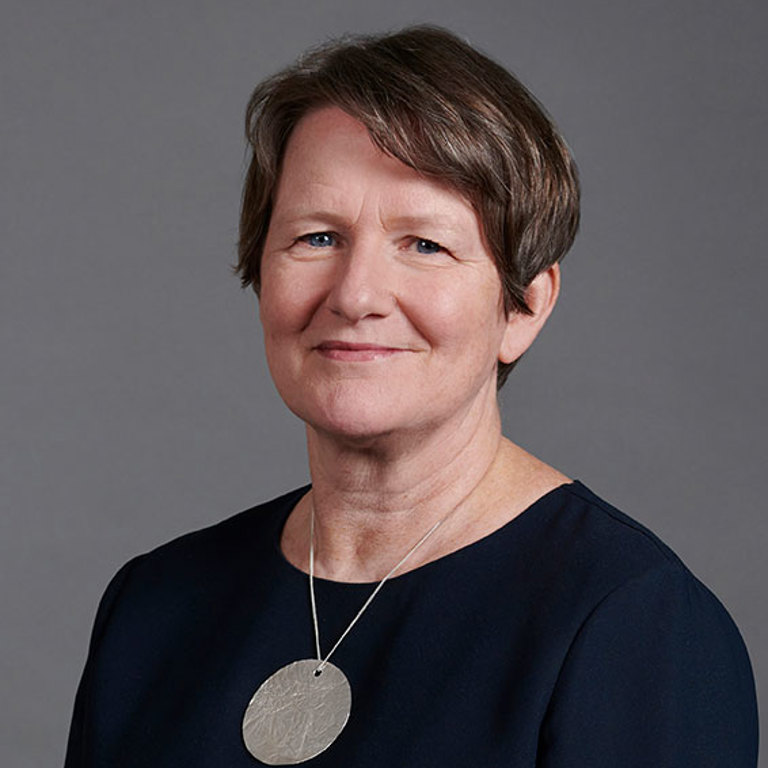Pensions Essentials - October 2024
Download PDF
|
Welcome to the latest edition of Pensions Essentials. This month we consider the Chancellor’s announcements in the Budget and what they are likely to mean for occupational pension schemes. We also look at the Government’s consultation on collective money purchase schemes now the first one has launched, publications from the Pensions Regulator on value for members, investment and its new digital strategy as well as how the Pensions Ombudsman is proposing to get on top of the backlog of cases and an interesting Court of Appeal decision on the meaning of “occupational pension scheme”. If you are looking for information on a specific topic, our What’s Coming page has lots of useful information on recent developments and what’s on the horizon in the pensions world along with links to key documents that might be of interest. If you have any colleagues who would like to sign up for our communications, please email us. Charles
|
Charles Cameron |
This material is provided for general information only. It does not constitute legal or other professional advice.
If you would like to discuss any of the above in more details, please contact your relationship partner or speak to one of the contacts below.






Watch list
For upcoming developments see our new Pensions: What's coming page.
No |
Topic |
Effective date or expected effective date |
Further information/action |
|
1 |
Changes to DC scheme governance and disclosure |
2024/25
|
Anticipated that wording for new value for money framework in occupational pension schemes will be included in a new Pension Schemes Bill. The FCA is currently consulting on the requirements for personal pension schemes. Draft legislation on consolidating small DC deferred pots also expected in the Bill, along with new obligations in relation to decumulation options. |
|
2 |
DB consolidation |
2024/25 Public consolidator to be established by 2026, consultation on features closed on 19 April 2024. |
TPR further updated interim superfund guidance -issued July 2024. Draft legislation on superfunds expected in Pension Schemes Bill. |
|
3 |
Changes to pensions tax allowances |
Lifetime allowance removed on 6 April 2024 and two new tax-free cash allowances introduced. |
Further amending regulations due to come into force in November 2024, with effect from 6 April 2024. |
|
4 |
Repayment of surplus |
The reduction in the tax charge took effect on 6 April 2024. Consultation closed on 19 April 2024. |
Tax charge on repaying surplus reduced from 35% to 25%. Consultation has closed on facilitating repayment of surplus in ongoing schemes. There is no reference to legislation being included in any forthcoming Bill. |
|
5 |
Funding and investment strategy requirements for DB schemes |
Legislation came into force 6 April 2024. Funding and investment strategy in place 15 months from date of the first valuation obtained on or after 22 September 2024. Revised Code of Practice from TPR will come into force late November 2024. |
Consultation on covenant guidance expected later in 2024/early 2025. TPR has consulted on the form of the strategy statement and four illustrative templates were published on 23 September 2024. The first statements will need to be submitted electronically in spring 2025. |
|
6 |
Notifiable events for DB schemes on corporate and financing activity |
Significant uncertainty about publication of government response to consultation on draft Notifiable Events (Amendment) Regulations. No dates are known as to when any progress will be made. |
TPR will consult on update to Code of Practice 2 (Notifiable Events) and accompanying guidance once DWP have published their finalised regulations and consultation response. |
|
7 |
Pensions dashboards |
Compulsory connection deadline of 31 October 2026 for schemes with 100 or more active and/or deferred members at year end between 1 April 2023 and 31 March 2024; staging timetable set out in DWP guidance. |
All registrable UK-based schemes with active and/or deferred members. |
|
8 |
Corporate transparency |
The Economic Crime and Corporate Transparency Act 2023 introduces requirements on identity verification, corporate directors and limited partnerships. The requirement to have a registered email address and for registered offices to meet certain requirements came into force on 4 March 2024. Other provisions are due to come into force later in 2024. |
All corporate trustees and schemes using Scottish Limited Partnerships. More detail about what the Act requires can be found in our briefing. |
This material is provided for general information only. It does not constitute legal or other professional advice.






